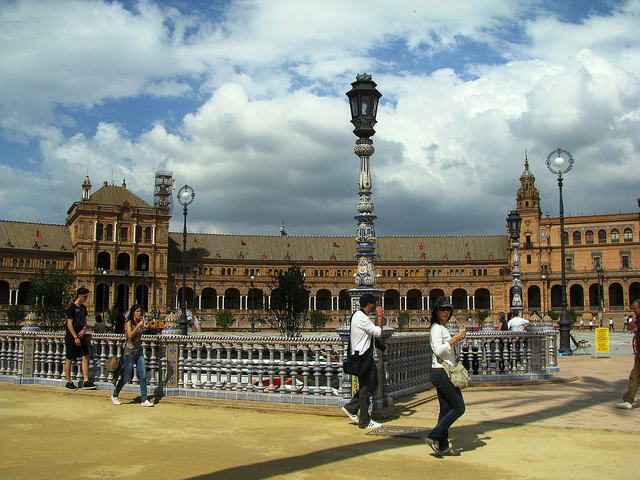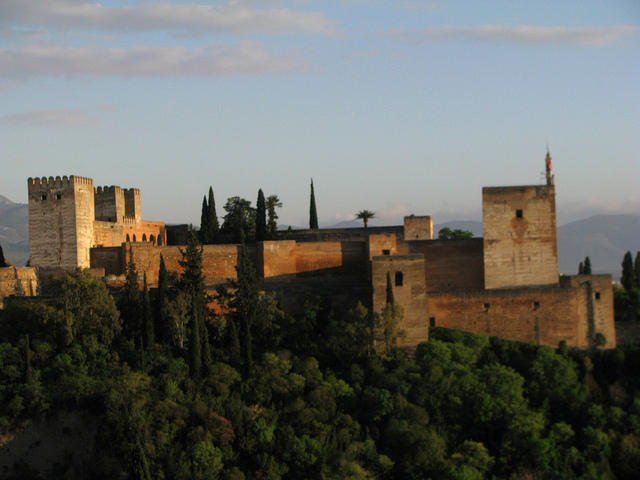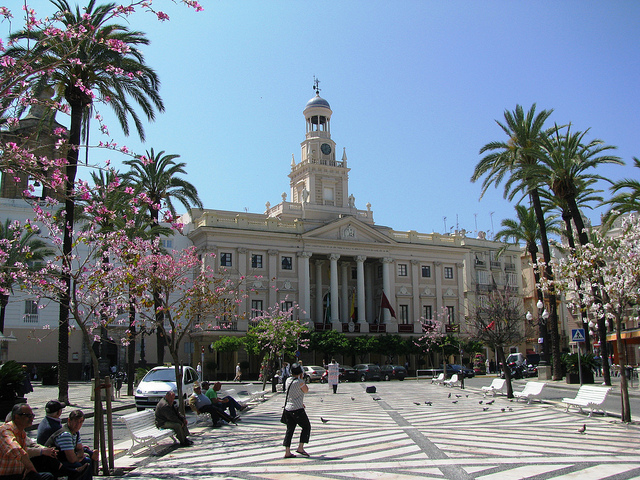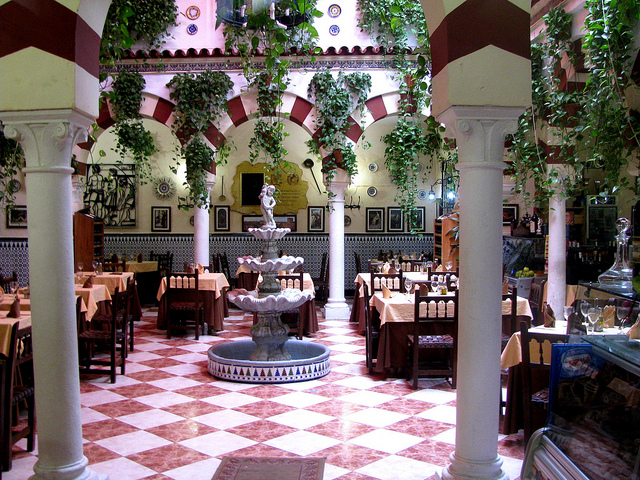Andalusia continued to exert its magic spell on me. After a visit to the Moorish jewel of Granada and a week of explorations along the Costa de la Luz with its pueblos blancos – the famous white-washed villages, my last day had finally arrived. In the morning we packed up all our belongings and left our rented apartment in Conil de la Frontera behind after one last breakfast in one of our favourite restaurants. My brother and sister-in-law drove me to Cadiz where I had rented a car for my next four days of discoveries in Andalusia. It was time to say goodbye after a wonderful week together as my brother and sister-in-law were heading back to Austria today. I, on the other hand, had two more destinations left in Andalusia: Seville and Cordoba.

Formerly one of Spain’s richest cities, Seville is full of impressive architecture and monuments. It is located on the banks of the River Guadalquivir and has a population of about 700,000 people with about 1.5 million residents in the metropolitan area. Today Seville is a modern city and the fourth largest city in Spain. It is more than 2000 years old and was called Hispalis by the Romans. From the 8th to the 13th century Seville was ruled by the Moors and was reconquered in 1248 by King Fernando III of Castile.

Seville’s Golden Age started with the discovery of the New World in 1492 when Christopher Columbus opened up the Spanish colonies in the Americas. All the riches from the New World arrived in Seville during the 16th and 17th century when the city had a trading monopoly for all overseas goods before they were shipped on to other places in Spain. After the River Guadalquivir silted up, its trading monopoly was broken in the late 16th century and the Great Plague hit the city in 1649, Seville experienced a steady decline and population decrease. It was not until the late 19th and early 20th century that Seville experienced a major resurgence. With this impressive history and its outstanding architecture, Seville had long been a city I had wanted to visit.

So in the late morning of April 20, 2011 I started my drive from Cadiz to Seville. I stopped about 30 km east of Seville in the picturesque town Carmona where I had booked two nights at the hotel “El Rincon de las Descalzas”, a beautiful hotel on a narrow street beside a church. I had booked my accommodation outside of Seville because during Semana Santa the hotel rooms in town were extremely expensive and I was able to stay in this hotel for less than $50.00 a night. I had a comfortable room with a private bathroom and admired the flower-filled interior courtyards of this historic property.

In the mid-afternoon I was finally ready to head into the city. I drove back west on the highway and parked my vehicle in a public parking lot next to the Santa Justa train station. From there I took a city bus into downtown Seville, but once we reached a road block the driver asked us to get out of the bus. Barriers had been put up surrounding the downtown core to keep traffic out during the famous Santa Semana processions that were taking place in Seville. I got off the bus and just a couple of minutes later I came across the first procession: countless men and boys in white robes and long pointed black hoods were walking somberly through the streets, accompanied by a marching band.

Seville is known for its Holy Week traditions, and Semana Santa is one of the busiest times in Seville. Processions commemorate the death of Jesus Christ and the pain of the Virgin Mary at the torture and killing of her son. Religious brotherhoods (hermandades or cofradias) carry life-like wooden sculptures through the street and perform public penance. Brotherhoods have been in existence since the 14th century and today there are dozens of brotherhoods that perform Roman Catholic traditions during Semana Santa.




